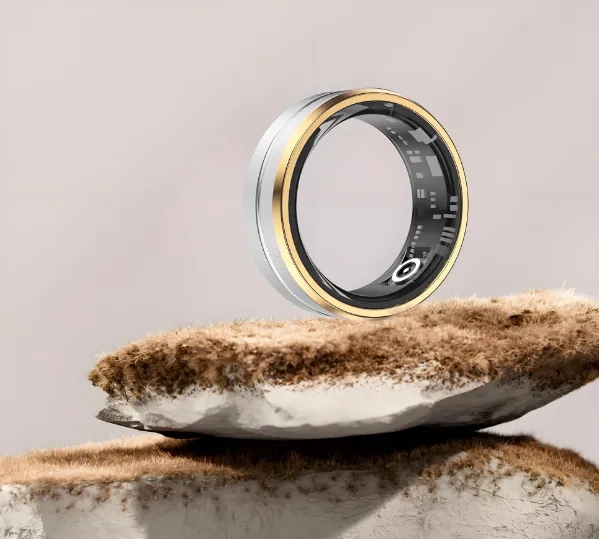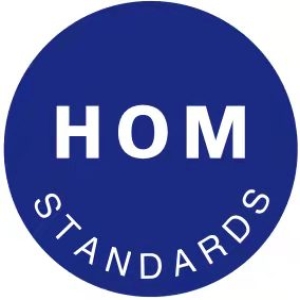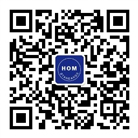

This wearable product is a smart health ring with functions such as blood pressure, blood oxygen, heart rate, sleep monitoring, and body temperature monitoring. It falls under the category of medical devices and requires registration approval from the National Medical Products Administration (NMPA) for launch in China, FDA approval in the United States, and CE certification followed by registration and filing through an NB agency in Europe.

Below is an overview of the CE certification process for such smart rings:
I. Determine Product Classification and Conformity Assessment Pathway
Product Classification: According to Annex VIII of the Medical Device Regulation (MDR), the classification of smart wearable medical devices depends on their intended use, risk level, and duration of use. Common classifications include:
Class I: Low risk, such as ordinary smart bracelets and smartwatches (without medical functions).
Class IIa: Low to medium risk, such as smart wearable devices for monitoring heart rate and sleep quality.
Class IIb: Medium to high risk, such as smart wearable devices for monitoring blood glucose and blood pressure.
Class III: High risk, such as smart wearable devices for treating diseases.
Conformity Assessment Pathway: Based on the product classification, select the corresponding conformity assessment pathway. Class I devices typically make a self-declaration of conformity, while Class IIa, IIb, and III devices require involvement from a Notified Body for assessment.
II. Establish a Quality Management System (QMS)
Establish and implement a QMS according to the ISO 13485 standard, covering design and development, production, installation, and service, to ensure product compliance with MDR requirements.
III. Prepare Technical Documentation
Technical documentation is the core of CE certification and must include the following:
Device description and specifications, including intended use, technical parameters, software information, etc.
Risk analysis and management to identify, assess, and control risks associated with the device.
Clinical evaluation to assess the clinical safety and performance of the device, which may include literature reviews, clinical investigations, etc.
Labeling and instructions for use to provide clear and accurate device information and usage instructions.
Declaration of conformity stating that the device complies with MDR and relevant harmonized standards.
IV. Select a Notified Body and Submit an Application
Select a Notified Body: Choose a Notified Body with the appropriate qualifications for conformity assessment.
Submit an Application: Submit an application form, technical documentation, and other required materials to the Notified Body.
V. Notified Body Assessment
The Notified Body will assess the technical documentation and QMS according to MDR requirements, which may include document review, on-site audit, and product testing.
VI. Obtain CE Certificate
Upon passing the assessment, the Notified Body will issue a CE certificate, allowing the product to be labeled with the CE mark and sold in the EU market.
VII. Post-Market Surveillance
Establish a Post-Market Surveillance System: Monitor the safety and performance of the product after launch, collecting user feedback and adverse event information.
Regularly Update Technical Documentation: Update technical documentation based on post-market surveillance results and regulatory changes.
VIII. Other Considerations
EU Authorized Representative: Non-EU manufacturers must designate an EU authorized representative responsible for communication with EU regulatory authorities.
Language Requirements: Technical documentation, labeling, and instructions for use must be in the official languages of EU member states.
Continuous Compliance: Ensure ongoing compliance with MDR requirements and promptly address regulatory changes and market feedback.
Please Note: The above process is for reference only, and specific operations need to be adjusted according to the actual situation of the product and the latest regulatory requirements.
Testing Standards:
| Region | Item | Standard |
|---|---|---|
| Europe | Safety | IEC 60601-1:2005/AMD2:2020, IEC 60601-1-11:2015/AMD1:2020, IEC 60601-1-8:2006/AMD2:2020 |
| Europe | EMC | IEC 60601-1-2:2014/AMD1:2020 |
| Europe | Performance (dedicated standards) | Body temperature: EN ISO 80601-2-56:2017/AMD1:2018; Blood pressure: IEC 80601-2-30:2018; ECG: IEC 60601-2-47:2012/EN 60601-2-47:2015; Blood oxygen: ISO 80601-2-61:2017/EN ISO 80601-2-61:2019 |
| Europe | Biocompatibility | EN ISO 10993-23:2021 |
| Europe | Cleaning, disinfection, sterilization | AAMI TIR12:2020, AAMI ST98:2022, ISO 15883-5:2021, ISO 15883-6:2011 |
| Europe | Cybersecurity | (Not specified) |
Clinical Evaluation:
For blood pressure, blood oxygen, body temperature modules, atrial fibrillation, respiratory rate, etc., clinical accuracy verification is required to demonstrate the product's safety, effectiveness, and accuracy.
By following the above steps, you can successfully complete the CE certification for smart wearable products and enter the European market.
For further support, it is recommended to consult professional CE registration consultants such as HOM Medical.
HOM Medical will plan the entire registration pathway based on the actual situation of the enterprise, facilitate team collaboration, prepare registration materials, establish a QMS, conduct registration testing simultaneously, and organize clinical documentation. They will also contact research institutions, initiate clinical accuracy verification upon completion of testing reports, submit registrations concurrently, undergo on-site audits, complete supplementary materials, obtain registration, and finish the entire registration project, thereby shortening the entire registration process.
鸿盟医学
医疗器械全球注册咨询、医疗器械临床试验、医疗器械质量管理体系(ISO13485/GMP/QSR)、医疗器械可用性研究、
医疗器械法规培训众多的专业技术服务咨询机构
微信号:hom_medical、18018710006 联系电话:18018716006
 鸿盟标准技术(深圳有限公司)
鸿盟标准技术(深圳有限公司)




